Palmetto Bluff Real Estate Company Sales Office
Office Hours
Monday-Friday 9am - 5pm
Saturday 9am - 4pm
Sunday 12 - 4pm
Saturday 9am - 4pm
Sunday 12 - 4pm
Working from home sometimes results in sitting on the back porch and listening to birds while I work. “PIT-ti-tuck… Pit-ti-tuck… PIT-ti-tuck” is one of the newest calls to grace my backyard as the summer tanagers arrive in Beaufort County. Known as neotropical migrants, these are birds that spend the winter in tropical regions of the Americas, heading to the northern hemisphere during the spring. These migrants include buntings, tanagers, warblers, and flycatchers.
Listen to the Summer Tanager:
Near the beginning of March, the first neotropical migrant to show up is the northern parula. The buzzy “triIIpeep” of this warbler is a birder’s sign that the migration has begun. I personally memorize this song as an upside-down checkmark!
Listen to the Northern Parula:
However, the migrant that many people are excited to see is the vibrantly painted bunting. Arriving in mid-April, males perch on high branches to sing their whistling tune, hoping to project their voice far enough to attract a mate.
Listen to the Painted Bunting:
There are many species that end their northern migration around Beaufort County, but some birds only make a brief stop before heading farther north to places such as the Appalachians, New England, or Canada. Below is a list of commonly seen or heard neotropical migrants at the Bluff, and where you can find them, that I recommend learning to identify by sight or sound:
• Acadian Flycatcher – Moreland Point and Maritime Loop
• Barn Swallow – Duck Pond bridge, Inland Waterway, and Lake Bales
• Black-throated Blue Warbler – River Road Preserve
• Blue Grosbeak – Moreland Point
• Eastern Kingbird – can be seen throughout most of the property, typically near water
• Eastern Wood-pewee – can be heard throughout most of the property
• Great-crested Flycatcher – can be heard throughout most of the property
• Northern Parula – can be heard throughout most parts of the property
• Painted Bunting – River Road Preserve and the marsh trail to Moreland Landing
• Prairie Warbler – Pine-oak barrens and old pastures like the Long Leaf Pine Loop
• Red-eyed Vireo – shade trees in residential areas and River Road Preserve
• Summer Tanager – can be heard throughout many parts of the property
• Yellow Warbler – wetlands and forest edges
• Yellow-throated Vireo – areas with mature trees like the Sandhill Loop Nature Trail
• Yellow-throated Warbler – can be seen throughout most of the property

Palmetto Bluff’s Moreland Village feels a world away from the more traditional architecture of the iconi...
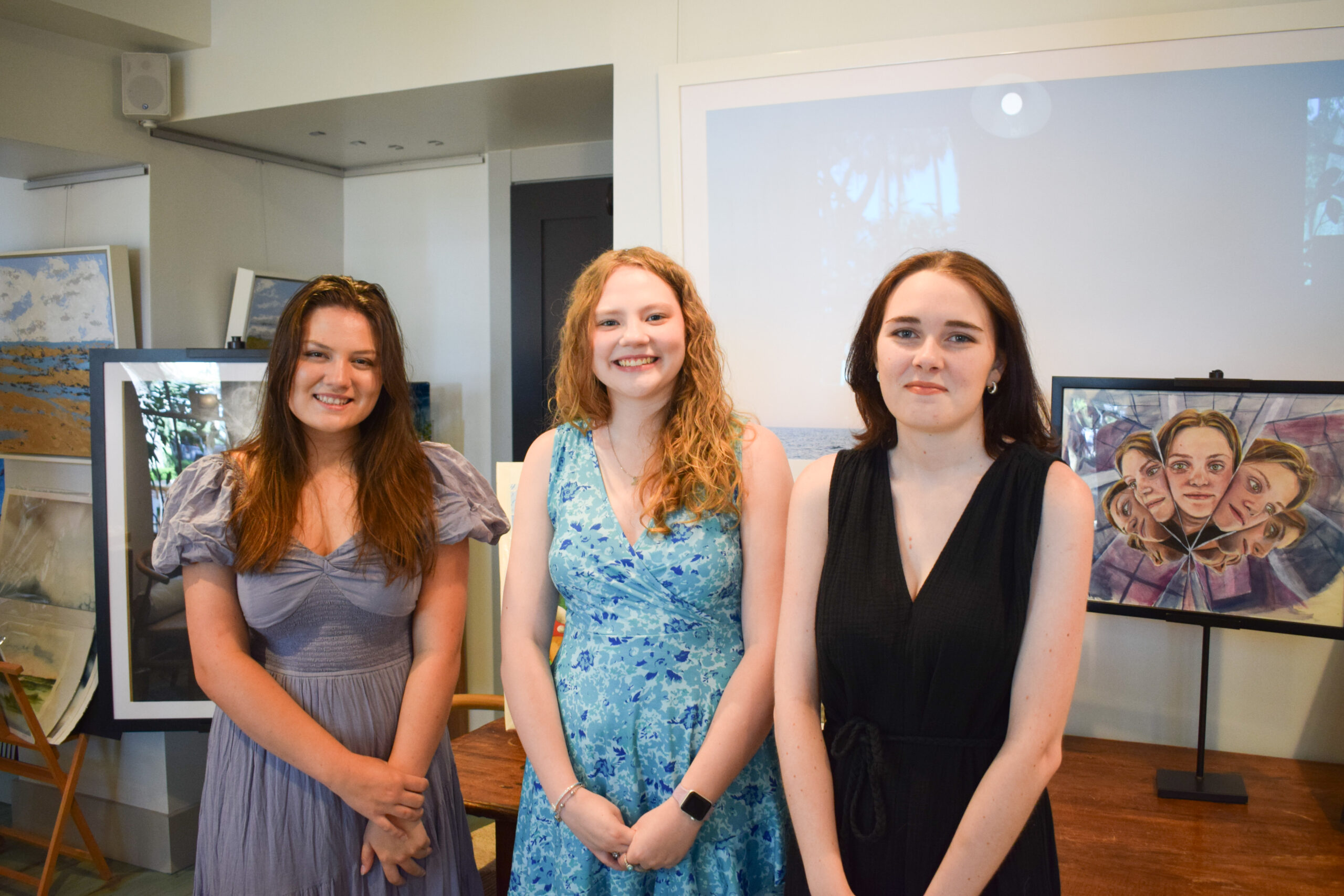
We are thrilled to introduce the inaugural winners of the Inspiring the Arts Scholarship—three extraordinary young women pursuing their artistic dreams through higher education! Katherine Donahue has been named our first official scholarship recipient, wit...

From handmade jewelry to performance wear, the latest arrivals at Palmetto Bluff’s retail spots capture the season in true Lowcountry style. This summer, the Bluff’s shops are full of fresh finds, carefully chosen by our trusted retailers—including FLOW Galler...
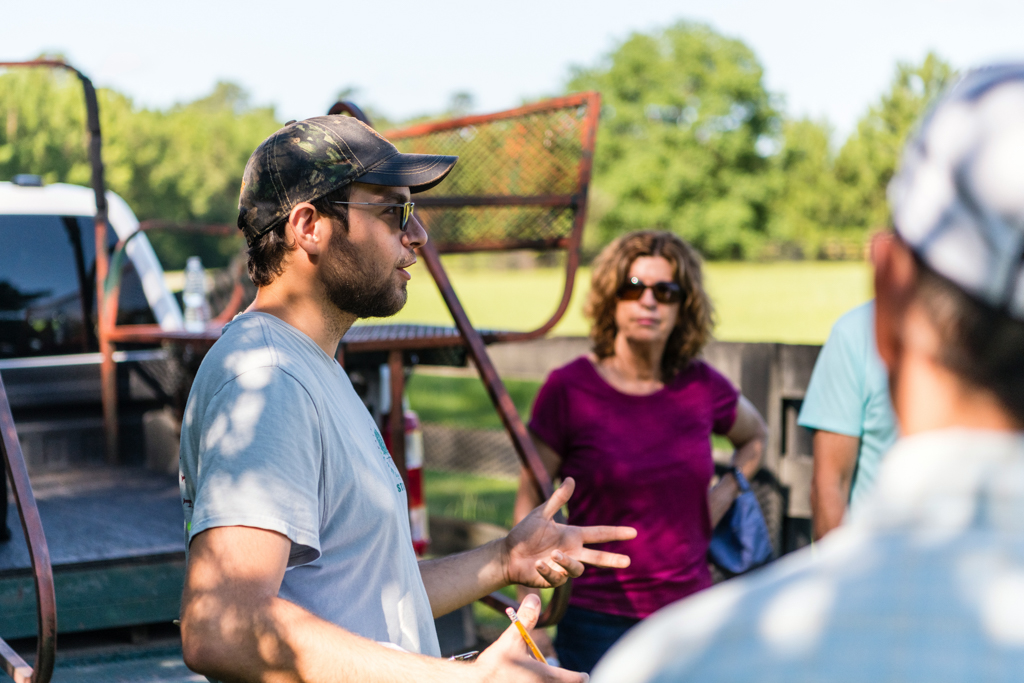
Citizen Science is Thriving at Palmetto BluffDid you know that residents of Palmetto Bluff are playing a vital role in national and global conservation efforts—all from their backyard?Through the Palmetto Bluff Conservancy’s growing Citizen Science programs, c...

In October 2024, Grammy Award-winning musician Clay Ross visited Palmetto Bluff as part of The Arts Initiative's Artist in Residence Program. Through storytelling and song, he explores identity, heritage, and the universal language of sound. By Barry Kaufman ...

Palmetto Bluff Club Executive Chef Beth Cosgrove and Director of Culinary, Chef Rhy Waddington, Cook Up Four Peachy Recipes for a Summer in the South. Is there anything more iconic than a southern peach? A symbol of summer and Southern heritage, the peach car...
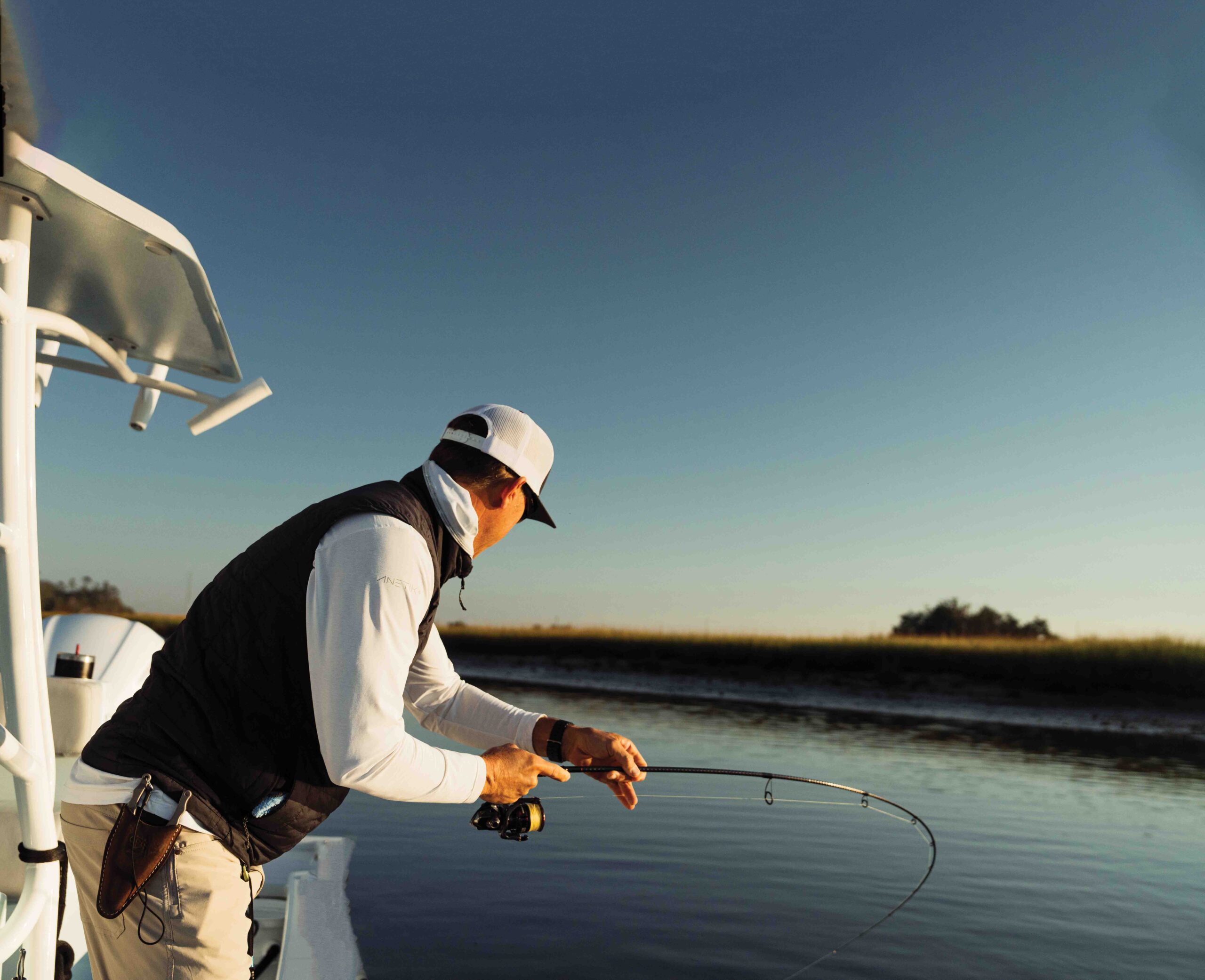
Following the tides and angling for redfish in Lowcountry creeks and estuaries with Captains Brian Vaughn and Will Stephens Story by Sandy Lang It is a sunny morning in October and the water is calm and glassy. The silence is punctuated by a gush of breath f...
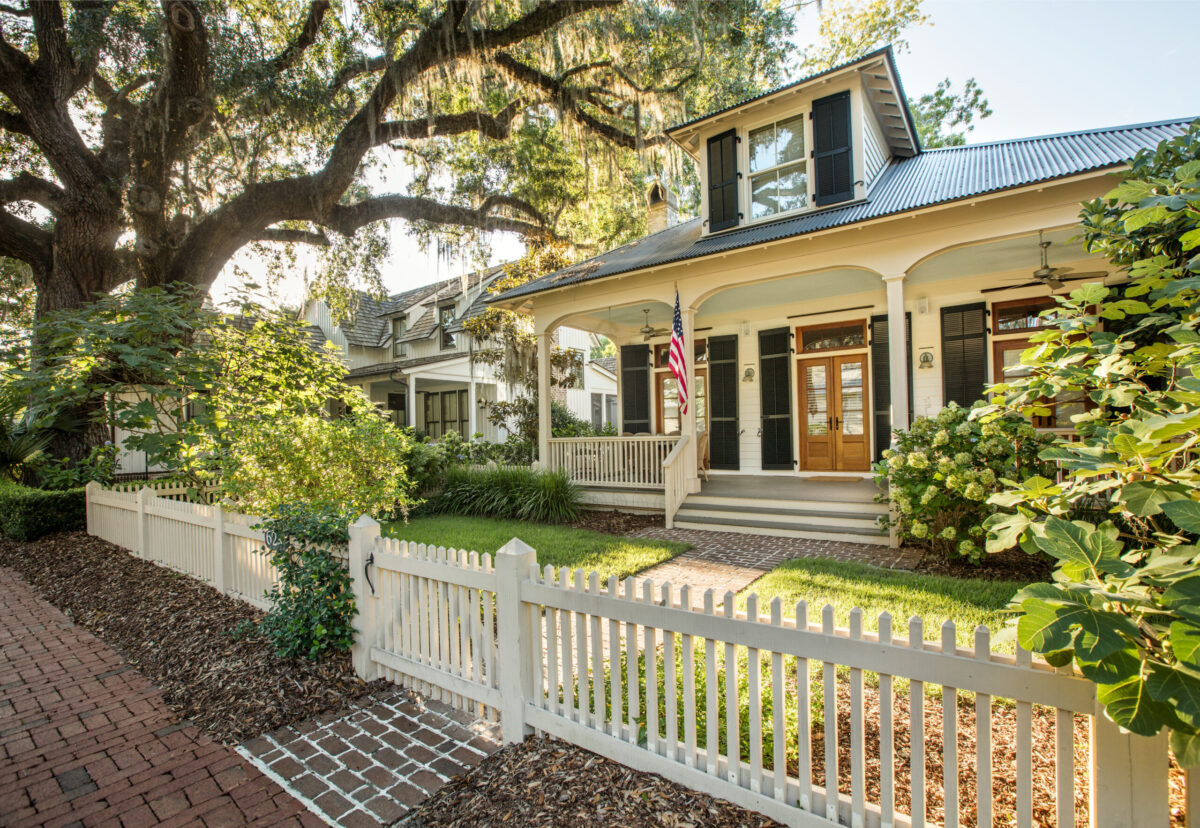
7 Ways To Upkeep Your Palmetto Bluff Home As spring arrives in the Lowcountry, the change in season brings more than blooming marshlands and sun-drenched afternoons; it’s also a perfect time to refresh and care for your Palmetto Bluff home. Coastal living mea...

When the land speaks, you listen. And at Palmetto Bluff, it spoke to two of golf’s most legendary course designers—Bill Coore and Ben Crenshaw. We invite you to watch our newest video, shot this past winter and featuring Bill and Ben, along with South Street P...
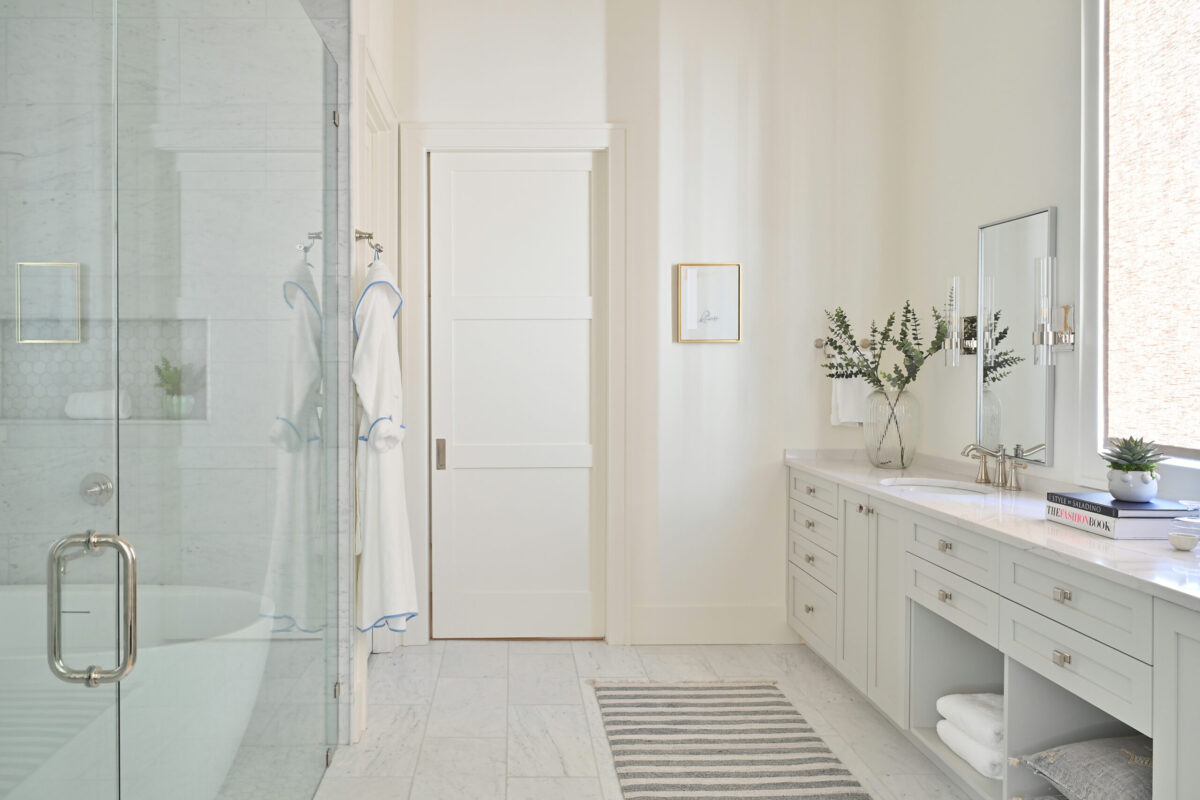
5 Renovations to Increase the Value of Your Lowcountry Home Whether Palmetto Bluff is your full-time residence or a cherished retreat, deciding to sell is never a quick or casual choice. However, when the time does come, you want your home to be as market-rea...
Learn about the Palmetto Bluff Conservancy and how we keep the vision of our land in place.
On land or water, there is an ever-evolving variety of activities.
We do not attempt to independently verify the currency, completeness, accuracy or authenticity of the data contained herein. All area measurements and calculations are approximate and should be independently verified. Data may be subject to transcription and transmission errors. Accordingly, the data is provided on an “as is” “as available” basis only and may not reflect all real estate activity in the market”. © [2023] REsides, Inc. All rights reserved. Certain information contained herein is derived from information, which is the licensed property of, and copyrighted by, REsides, Inc.